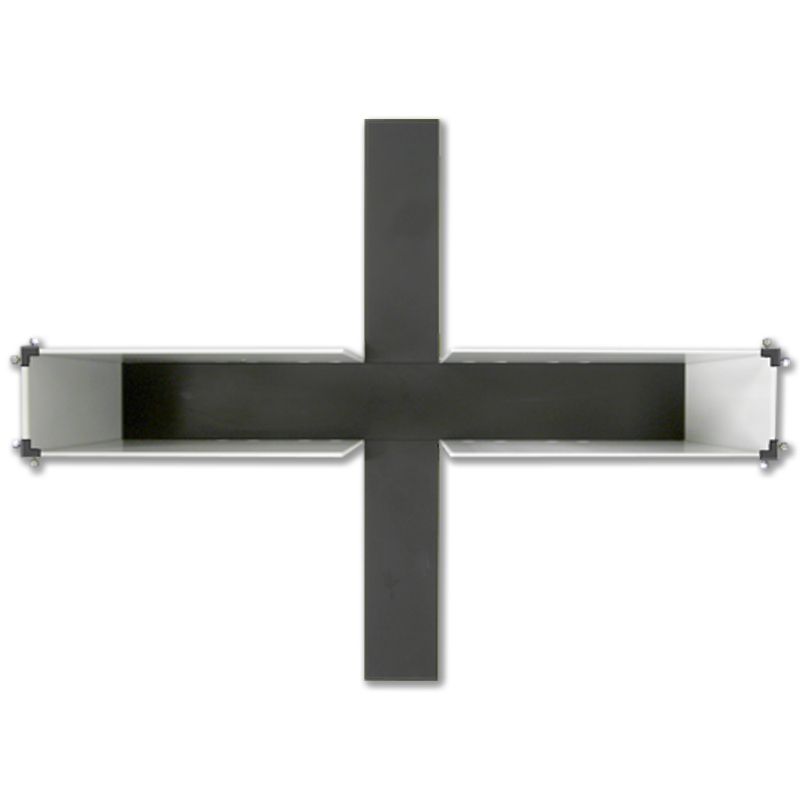Elevated Plus Maze (Panlab)
The standard elevated plus-maze is commonly used to assess anxiety-like behavior in laboratory animals (rats/mice).
- Modular structure which allows storage in minimum space
- Wall/floors with different color included (black, grey and white) and non-reflecting material for optimizing video-tracking studies
- Removable walls for easy cleaning
- Odor-resistant material
The standard elevated plus-maze is commonly used to assess anxiety-like behavior in laboratory animals (rats/mice). The maze is usually a cross shaped maze with two open arms and two closed arms, which is elevated above the floor.
This task exploits the conflict between the innate fear that rodents have of open areas versus their desire to explore novel environments. Security is provided by the closed arms whereas the open arms offer exploratory value. When anxious, the natural tendency of rodents is to prefer enclosed dark spaces to opened brightly lit spaces. In this context, anxiety-related behavior is measured by the degree to which the rodent avoids the unenclosed arms of the maze.
The elevated plus maze can be used with a video tracking system such as the SMART video-tracking software.
Please contact us for any request of customized elevated plus maze configuration (color, size etc.)
WHAT IS NEW?
- The mazes are now provided with all accessories for black, white or grey floors/walls, all included in the same part number.
- The height of the walls of the standard configuration of the rat elevated plus maze has been lowered to 35 cm.
Antón M. et al. (2017) Oleoylethanolamide prevents neuroimmune HMGB1/TLR4/NFâ€kB danger signaling in rat frontal cortex and depressiveâ€like behavior induced by ethanol binge administration. Addiction Biology
Lu CY et al. (2017) Effects of Traumatic Stress Induced in the Juvenile Period on the Expression of Gamma-Aminobutyric Acid Receptor Type A Subunits in Adult Rat Brain Neural Plast.
Harlé G et al. (2017) Repeated corticosterone injections in adult mice alter stress hormonal receptor expression in the cerebellum and motor coordination without affecting spatial learning. Behav Brain Res
Lalonde R et al. (2017) Divergent Effects of Haloperidol on Motor Versus Spatial Functions. Open J Parkinsons Dis Treatm

